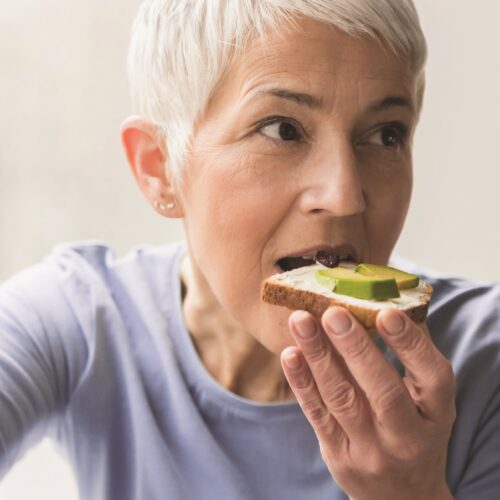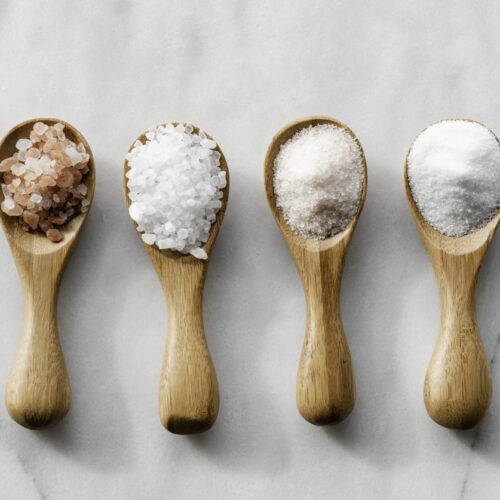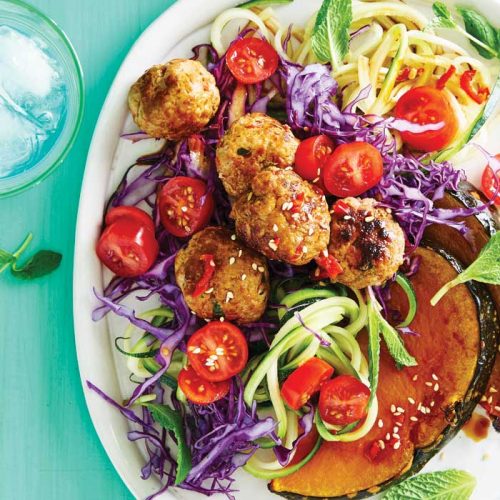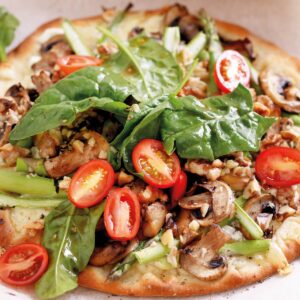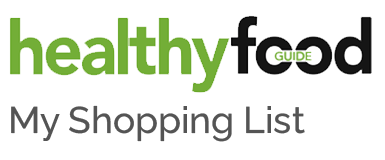
Metabolism and energy level changes during perimenopause can make it harder to maintain a healthy weight range. Dietitian Susie Burrell explains key diet adjustments that can help you keep in top condition throughout your 40s and 50s.
If you’re a woman in your late 40s or early 50s, chances are you will be familiar with the term perimenopause. Known as peri, it’s the period up to 10 years before menopause, a time associated with a range of signs and symptoms including poor sleep, fluctuations in energy levels, mood swings and weight gain. And while perimenopause is not new, what is more common nowadays is women actively seeking out ways to make these hormonal shifts easier to manage.
One of the main peri symptoms that can be extremely frustrating is the hormonal changes that directly impact body composition and our propensity to gain weight. The good news is, as understanding of these changes grows, we are learning that there is also plenty we can do to prevent unwanted weight gain and take back control of our metabolism through peri and beyond.
Why is my body changing so much? The power of oestrogen
While there are myriad hormonal changes throughout the peri years, most can largely be attributed to declining levels of oestrogen. During the reproductive years, oestrogen is the key hormone that regulates the menstrual cycle. Oestrogen also plays a role in regulating body weight and helps to protect the body from the accumulation of excess fat around the abdomen.
Once levels of oestrogen start to naturally decline, not only do women become more vulnerable to weight gain centrally, but the loss of muscle mass during this time adds a further challenge to weight maintenance. In addition, many of the physiological changes occurring throughout the menopausal years are ‘pro-inflammatory’, which means hormones like insulin can be adversely impacted, again making it harder and harder to lose weight.
Key diet changes to the rescue
Lighten the load
A general reduction in metabolic rate, thanks to both muscle mass loss and declining oestrogen, means that many women in their 40s and 50s will need fewer calories and less carbohydrate. This shift does not need to mean strict diets or calorie restriction, rather, increasing vegetable intake to achieve 2-3 cups at both lunch and dinner, and focusing on protein-rich meals at night will naturally lower total carb and calorie intake and help prevent pesky unwanted weight gain. Think soup or salad bowls with plenty of fresh veg and your favourite dressing or condiment for lunch, and a veg-loaded dinner with fish, tofu, legumes, eggs, chicken or meat.
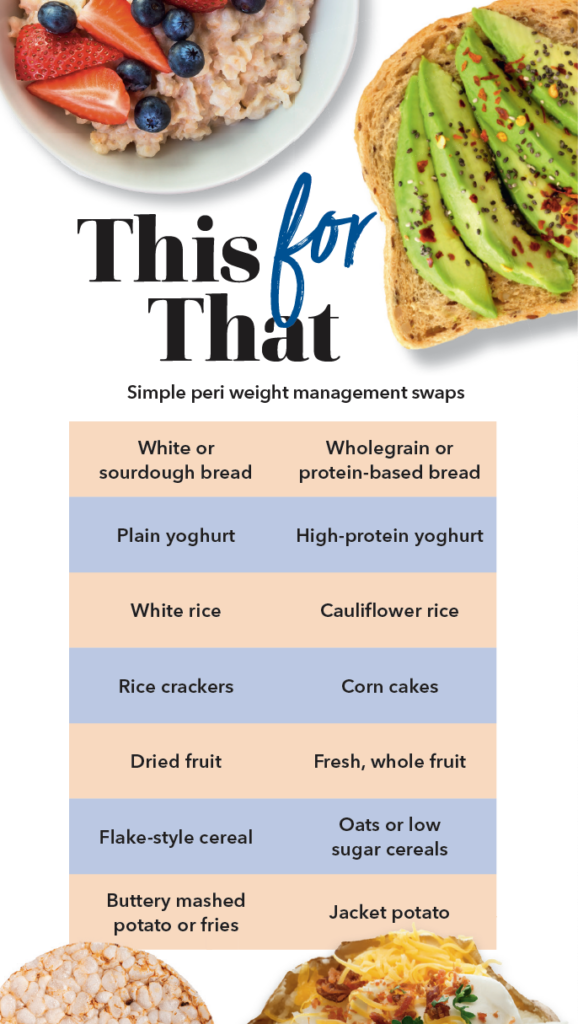
Target protein
Protein is certainly a super nutrient when it comes to peri. Not only will a moderate to high intake of protein help to prevent muscle mass loss, but eating more protein will also help to reduce overall carbohydrate intake, supporting weight control and helping to prevent gradual kilo creep over time. Aim for a minimum of 1.2g to 1.6g of dietary protein per kilo of body weight (100-120g for the average woman), or 20-30g per meal and 10-20g at snacks. For main meals, that would equate to 100-140g of uncooked red meat, chicken or fish, or 150-200g hard tofu. For snacks, a small tub of Greek yoghurt with a handful of nuts or a small tin of tuna on wholegrain crispbread would meet your protein target.
Go anti-inflammatory
The menopausal years are recognised as a period of general inflammation, which is one of the reasons the incidence of lifestyle diseases including heart disease rises as women move through their 40s and 50s, and why adopting the core principles of an anti-inflammatory diet is important. This includes eating seven to 10 serves of brightly coloured fresh fruit and vegetables daily; two to three serves of extravirgin olive oil; plenty of omega-3 rich seafood, while minimising consumption of processed fast and snack foods. While we may think we are eating a Mediterranean anti-inflammatory diet, often we’re eating plenty of olive oil and vegetables but not keeping processed snacks, fast food and alcohol in check.
Get strict on the alcohol
There’s nothing wrong with enjoying a glass or two of wine occasionally, but Australia and New Zealand are known for their binge drinking culture, and if you are a regular drinker, it is unlikely to be helping perimenopausal symptoms. Alcohol is high in calories and increases inflammation, so making an effort to minimise your intake – especially if you’re impacted by hot flushes and poor-quality sleep – is vital.
Change your diet the right way
Whether you are feeling uncomfortable courtesy of abdominal weight gain, or simply fi nd that no matter what you do the scales continue to go up, when approaching dietary change the key is to make sure you do it in a sustainable way, and ideally get your advice from a dietitian who is qualified and has experience in the area of weight loss and perimenopause. While fad diets and regimens can be tempting, especially when they promise big weight losses in short periods of time, when it comes to hormones and weight, slow and steady wins the race. This way you do not compromise your metabolism, and ensure that you are losing fat in a sustainable way. While weight loss may take longer, it will also be weight that is much easier to keep off long term, as you learn a new way to eat for the peri years and beyond.
Exercise for peri
Just as diet can play a key role in minimising perimenopausal weight gain, so too does exercise offer much when it comes to both metabolic health and weight control. While aerobic-based training that increases heart rate – such as fast walking, running, cycling or gym classes – is crucial for cardiovascular health through the lifespan, it’s also important to include at least two days of strength training a week in your 40s and beyond.
Not only does regular resistance training help to prevent muscle mass loss and support bone health, keeping the body strong and agile, but proactively building muscle mass is one of the few ways to actually increase metabolism – the number of calories we burn each day. This means that if you’re a victim of gradual perimenopausal weight gain, adding at least two resistance-style training sessions with weights each week is a positive health step. While yoga and Pilates are good for flexibility and agility, they don’t offer the benefits for muscle growth that lifting weights does.
Peri and sleep
Almost half of all women in the perimenopausal years have trouble with sleep. This is a result of declining reproductive hormones, as well as melatonin, a key hormone involved in regulating circadian rhythm in the body. While there are no specifi c foods that will aid sleep, avoiding stimulants such as caffeine several hours before bed, reducing alcohol intake, and leaving at least two hours after eating before bed may aid digestion and the ability to get to sleep. As getting adequate sleep is closely associated with maintaining a healthy body weight, prioritising 7-8 hours of sleep each night is an important part of self-management during the peri years.
What about HRT and weight?
Hormone replacement therapy (HRT) refers to replacing the female hormones including oestrogen and progesterone to reduce menopausal symptoms. A medical intervention, HRT must be prescribed by a doctor. While HRT has been shown to be an effective way to manage menopausal symptoms, there is little research available to show its effect on weight. Theoretically though, supplementing oestrogen should help to protect against an increased propensity to gain weight around the abdomen as oestrogen levels naturally decline.
Did you know?
A Mediterranean diet can reduce hot flushes and night sweats by as much as 20 per cent. There is also growing evidence that supplementing the diet with creatine during the peri and post-menopausal years may be an effective way to help build lean muscle mass and help prevent bone loss.
Peri diet day on a plate
Eating to keep peri weight gain in check doesn’t have to be a chore – and it can be delicious!
Breakfast
2-egg vegetable omelette + 1 slice soy and linseed toast
Lunch
Toasted sandwich on protein bread with bowl of soup or salad
Snack
Cottage cheese on rye crackers, handful of nuts, piece of fruit
Dinner
150 fish fillet, 1/2 corn cob, 2 cups stir-fried greens, 20g dark chocolate or 100ml red wine
Article sources and references
- Herber-Gast and Mishra. 2013. Fruit, Mediterranean-style, and high-fat and –sugar diets are associated with the risk of night sweats and hot flushes in midlife: results from a prospective cohort study. Am J Clin Nutrition. 97(5):1092-1099.
- Li, Q. 2021. The association between sleep duration and excess body weight of the American adult population: a cross-sectional study of the national health and nutrition examination survey 2015–2016. BMC Public Health. 21,335.
- Salari et al. 2023. Global prevalence of sleep disorders during menopause: a meta-analysis. Sleep Breath. 27(5):1883-1897.
- Smith-Ryan et al. 2021. Creatine Supplementation in Women's Health: A Lifespan Perspective. Nutrients. 13(3):877.
www.healthyfood.com


